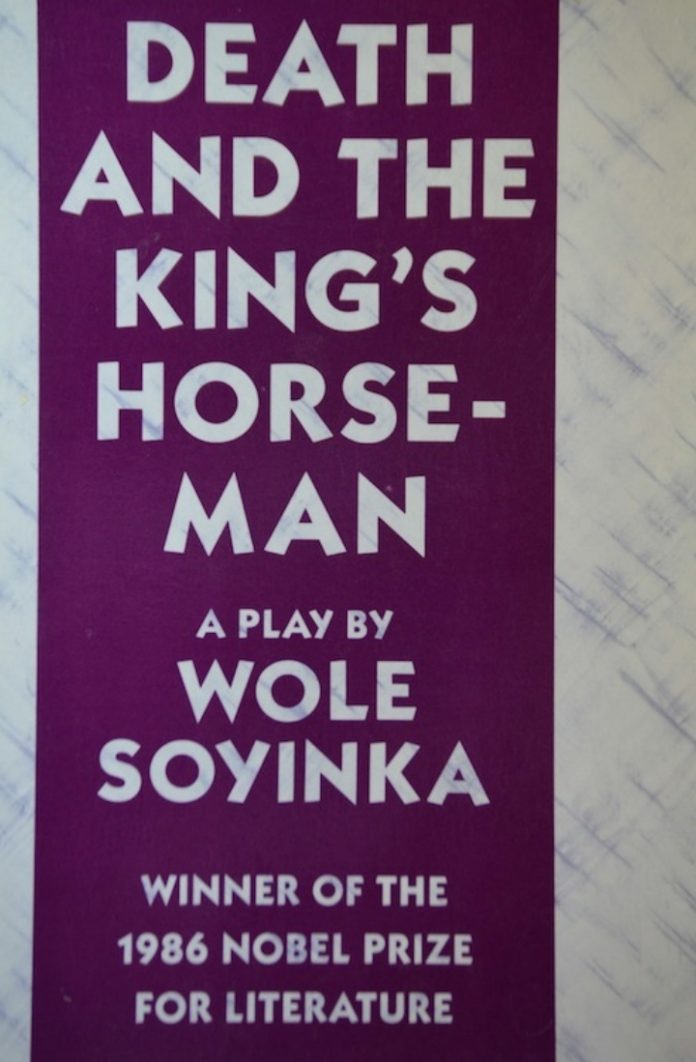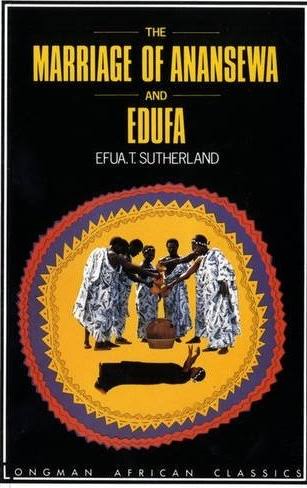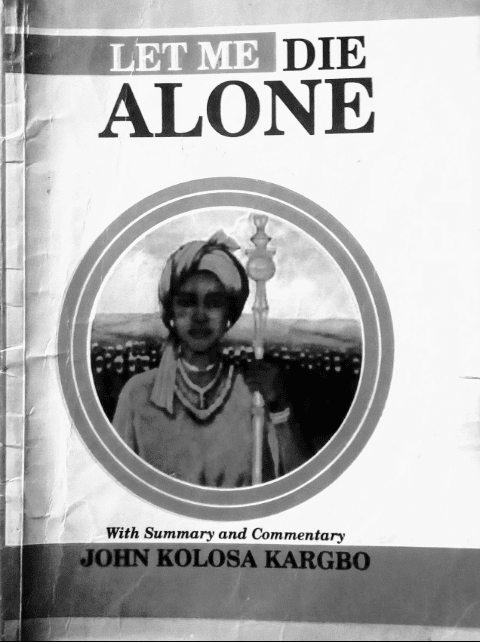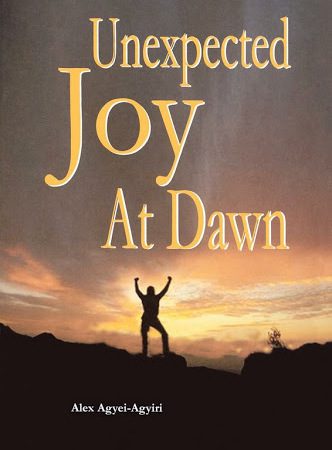Background of the Play
Death and the King’s Horseman by Wole Soyinka is a heartrending play that delves into the superimposition of British colonialism over indigenous Yoruba traditions. The play is set in 1944 in the vibrant town of Oyo, a historical and cultural hub of Nigeria. It unfolds against the backdrop of an impending tragedy and cultural clash. It was first produced in 1946 and later published in 1975.
The play was adapted into a movie by the late Biyi Bandele in 2022 as Elesin Oba, The King’s Horseman. The movie features stars such as Odunlade Adekola, Shaffy Bello, and Deyemi Okanlawon who acted as Elesin, Iyalode, and Olunde respectively.
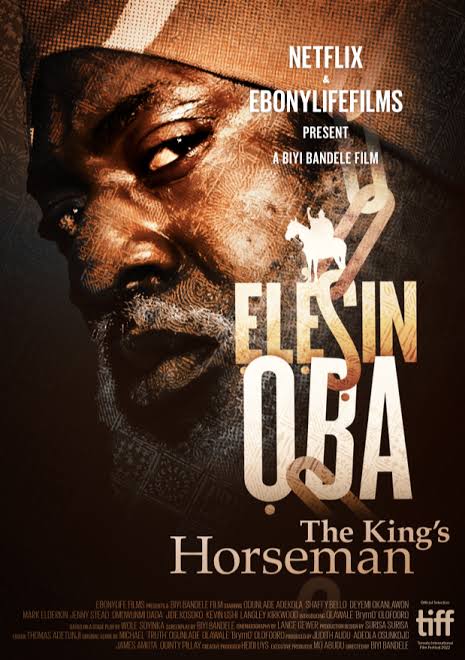
Death and the King’s Horseman revolves around Elesin Oba, the king’s horseman, who is required to commit ritual suicide following the death of the Alafin (the king) as required by a long-standing tradition. The Yoruba cosmology emphasizes the unity of the living and the dead, where the deceased king requires his messenger to accompany him in the afterlife. However, Elesin’s failure to fulfill this role not only disrupts the social order but also poses a threat to the Yoruba belief system.
Apparently, the play is inspired by a historical event during British colonialism in Nigeria. Then, some British colonial officials intervened to prevent a ritual suicide similar to Elesin Oba’s attempt in the play. Death and the King’s Horseman is a masterpiece from Wole Soyinka and one of the finest from the Nobel Laurette.

Plot Summary of “Death and the King’s Horseman”
The setting of Death and the King’s Horseman is Oyo. The Alafin of Oyo has joined his ancestors. His chief lieutenant, Elesin Oba, is required to commit ritual suicide to keep the dead Alafin company and ease his transition to the afterlife. It is important to note that the Yoruba cosmology is deeply rooted in the idea of three interconnected worlds: the worlds of the unborn, the living, and the dead respectively.
Elesin enters the market with his Praise Singer who pleads with him while at it to enjoy the world of the living a little while longer. However, Elesin does not subscribe to this suggestion, citing his readiness to die and ease the passage for his king. He alludes to a non-existent Not-I bird whose sounds the people echo in the face of death. For Elesin, it’s different. As the king’s horseman, he is born to die for the king. Shying away from this responsibility defeats in its entirety the purpose of his existence.
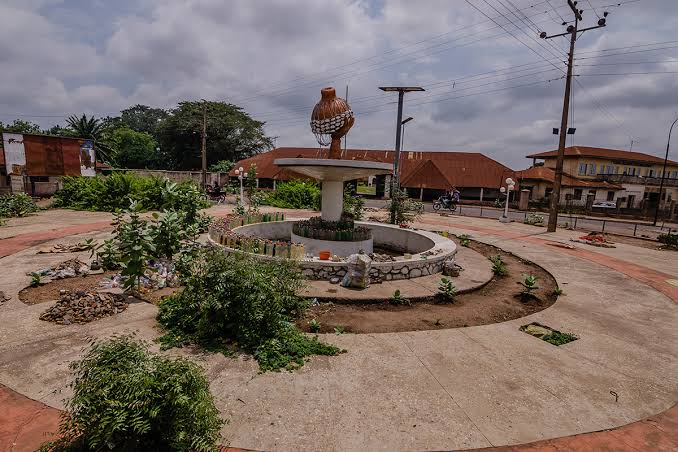
The market women, led by the Iyaloja, also probe him about his readiness to transition to the world beyond to fulfill the duty required of him. In response, Elesin reinforces his readiness. In the market, the sight of a beautiful maiden, promised to Iyaloja’s son, catches his eye. He inconsiderately demands that the maiden be given to him in marriage for his last treat on earth.
Iyaloja tries to dissuade him from this path but Elesin is insistent on his request. He reminds the Iyaloja that nothing can be denied him at this precarious moment of his life. Not rich clothing or fine food. Not even beautiful women.
Iyaloja has not option to accede to Elesin’s demand. For better context, Elesin is entitled to as much pleasure as the king. He enjoys with the king and dies with the king.
The scene changes to the District Officer’s residence where the Pilkingses prepare for a costume ball that would have in attendance the touring Prince of England. In total regard for the Yoruba belief system, the couple are wearing Yoruba death cult masks. Sergeant Amusa walks in on them and is ruffled by their use of the masks in a non-religious manner which he finds abominable and quite unsettling. The costume is used by the members of the egúngún cult who pass for dead ancestors during in-season festivities.
Sergeant Amusa goes on to tell Simon Pilkings, the district officer, about the ritual suicide of a chief that is to take place that night. He, however, expresses himself incoherently. The district officer has to rely on the explanation of Joseph, his African servant, to get a full grasp of the situation.
Simon Pilkings decides to stop Elesin’s ritual suicide in the spirit of his European ideals and values. He orders Amusa to arrest Elesin in bid to thwart the ritual while he and his wife attend the costume ball.
Back at the market, the maiden betrothed to Iyaloja’s son has been married off to Elesin as his bride. Amusa arrives the market with some of his subordinates. His attempt to arrest Elesin is thwarted by Iyaloja and the market women.
Elesin emerges from the bridal chamber with evidence of his coital relationship with his new bride. It is quite a paradox that Elesin is sowing the seed of life the same night he is required to die. His sexual intercourse that night signifies a union of life of death.
Elesin momentarily loses his strongly-held resolve to die but then falls into a trance. As his spirit departs, his body engages in a profound dance accompanied by the Praise-Singer’s ritual chants.
Having failed to arrest Elesin, Amusan arrives at the ball in disarray. Simon Pilkings, urged by his superior to take control, sets off to apprehend Elesin himself.
In Pilkings’ absence, Olunde, Elesin’s son, arrives on leave from a medical school in England. He is expecting to bury his father after hearing of the Alafin’s death. In his conversation with Jane Pilkings, Olunde reveals his rejection of British values despite his education. He tells the district officer’s wife that he has seen firsthand the culture of her people and he has come to a conclusion that her people are in no place to superimpose their values on his people.
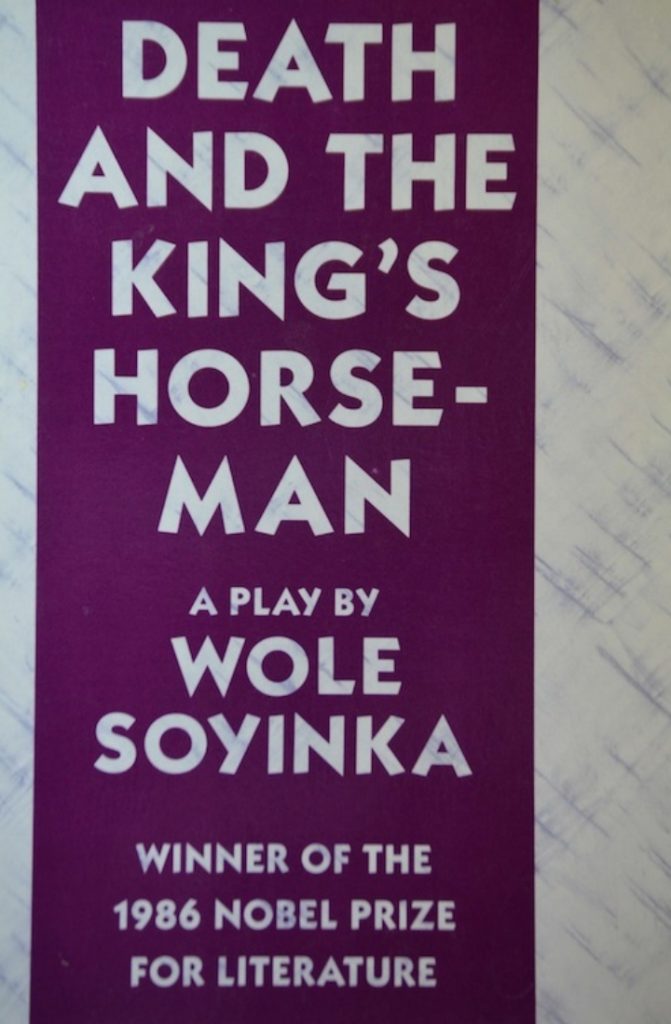
Attempting to find common ground, Jane and Olunde discuss a naval captain’s self-sacrifice during war. While Jane struggles to comprehend the sacrifice which she sees as unnecessary, Olunde sees it as affirming life through death.
When Olunde learns of the district officer’s mission to prevent Elesin’s suicide, Olunde warns the wife of the catastrophic consequences if Pilkings succeeds. Next, a heavily restrained Elesin is brought to the premises by the police. Pilkings has indeed succeeded in stopping the ritual.
Right there, face to face with his father, Olunde rejects his father and likens him to Amusa. He calls Elesin an eater of leftovers. Elesin is then taken to a prison cell nearby and heavily guarded to prevent him from making any rash decisions.
In his prison cell, Elesin initially blames Pilkings for disrupting the ritual and preventing him fulfilling his cosmic duty. Feeling a renewed purpose after his son’s contempt, Elesin still finds himself unable to carry out his own death. He shifts blame to the Bride for tempting him to remain in the world and enjoy its pleasures.
The Pilkingses return with Iyaloja who berates Elesin for losing his will and betraying his people. She reveals to him that a volunteer has gone to convey the message of Elesin’s refusal to the waiting Alafin. Shockingly, the body turns out to be Olunde. It turns out that Olunde has stepped in to take his father’s place. This of course contravenes the Yoruba cosmic order where the parent is supposed to precede their child in death.
In final blow to Elesin, Simon Pilking denies him the chance to whisper the ritual message to Olunde. This denial completes the disruption of Yoruba cosmic order. Left with nothing to salvage, Elesin, i9n a final act, strangles himself with his chains before the colonial authorities could react. However, his death is late, useless, and needless as it doesn’t fulfill his hereditary function. Elesin dies a useless and purposeless death. The remaining hope lies with his unborn child carried by the Bride.
Also on Soyinka:
- Poem: “Telephone Conversation” by Wole Soyinka
- Talking Points in Wole Soyinka’s THE LION AND THE JEWEL
- Exploring Creation, Death, and Rebirth in Wole Soyinka’s “Abiku”
 WHATSAPP: Click HERE to join the new Literature PADI WhatsApp group to receive latest updates on your phone and for further literary discussions!
WHATSAPP: Click HERE to join the new Literature PADI WhatsApp group to receive latest updates on your phone and for further literary discussions!

